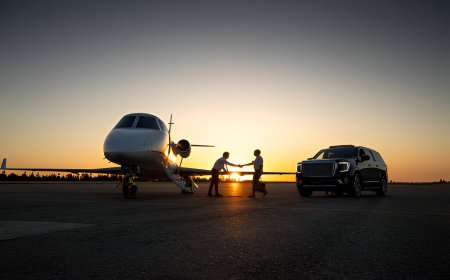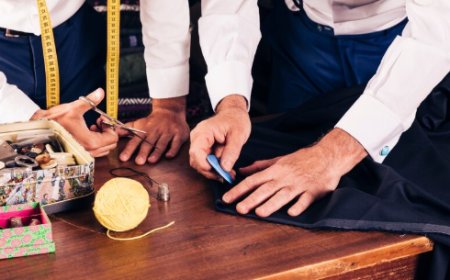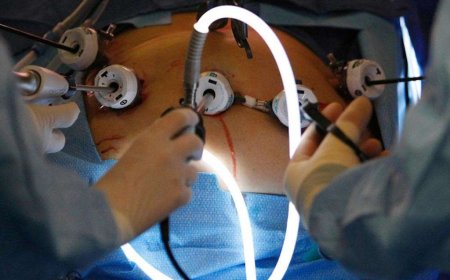CPR, AED & Rescue Breathing: The Only Lifeguard Guide You’ll Ever Need (With Real Scenarios)
This professional guide breaks down these essential techniques with step-by-step instructions and real-life scenarios so you can respond with speed, accuracy, and confidence.

Being a lifeguard means being prepared to act when seconds matter. CPR (Cardiopulmonary Resuscitation), AED (Automated External Defibrillator), and rescue breathing are life-saving skills no guard can afford to perform incorrectly. This professional guide breaks down these essential techniques with step-by-step instructions and real-life scenarios so you can respond with speed, accuracy, and confidence.
1. Understanding the Lifesaving Trio: CPR, AED, and Rescue Breathing
Each of these techniques serves a unique purpose during a cardiac or respiratory emergency. Lifeguards must not only know when to use thembut how to transition between them quickly.
-
CPR keeps blood circulating in a person whose heart has stopped.
-
AED can restart a heart that is in a fatal rhythm, like ventricular fibrillation.
-
Rescue Breathing delivers air to someone not breathing or struggling to breathe effectively.
2. CPR: The Gold Standard in Cardiac Emergencies
When to use CPR:
-
The victim is unresponsive and not breathing or only gasping.
-
No pulse can be found within 10 seconds.
Step-by-Step CPR:
-
Check for responsiveness: Tap and shout.
-
Call for help and get an AED: Shout for help and send someone to call emergency services.
-
Check pulse and breathing: No breathing or only gasping = begin CPR.
-
Start compressions:
-
Place hands in the center of the chest.
-
Compress at least 2 inches deep.
-
Maintain a rate of 100120 compressions per minute.
-
-
Rescue Breaths:
-
After 30 compressions, give 2 breaths.
-
Use a mask or barrier if available.
-
Real Scenario: A swimmer collapses poolside. Theyre unresponsive and not breathing. You immediately check for a pulse and start chest compressions, rotating with another lifeguard every two minutes until EMS arrives.
3. AED: Shock to Restart the Heart
AEDs are designed to be simple and fast. Every second counts in a cardiac emergency.
When to Use an AED:
-
No pulse detected.
-
CPR has already started.
-
An AED is available on-site.
How to Use an AED:
-
Turn it on immediately.
-
Attach pads to the bare chest: One pad on the upper right chest, one on the lower left ribs.
-
Let the AED analyze the heart rhythm.
-
Clear the area before shocking: No one should be touching the victim.
-
Follow AED prompts: Continue CPR between shocks.
Real Scenario: During a busy summer afternoon, a child is pulled from the deep end. You confirm cardiac arrest. While one guard performs CPR, another brings the AED training, which delivers a shock that revives the heartbeat before EMS arrives.
4. Rescue Breathing: When the Hearts Beating but Breathing Has Stopped
Sometimes, a victim may have a pulse but isnt breathing adequately. Thats when rescue breathing alone becomes critical.
When to Perform Rescue Breathing:
-
Victim has a pulse but is not breathing (or breathing inadequately).
-
Victim is unconscious but still has a heartbeat.
Rescue Breathing Steps:
-
Adults: 1 breath every 56 seconds.
-
Children/Infants: 1 breath every 35 seconds.
-
Reassess pulse every 2 minutes.
Real Scenario: After rescuing an unconscious teenager from the surf, you find a pulse but no breathing. You begin rescue breaths with a mask while your partner monitors their pulse. Within a minute, spontaneous breathing returns.
5. Common Mistakes to Avoid
Even trained lifeguards make errors under pressure. Heres what to watch for:
-
Incomplete chest recoil during compressions: Always allow full rise between compressions.
-
Delays in AED use: Apply the AED as soon as it arrivesdo not wait for extra help.
-
Too many or too forceful breaths: This can lead to air entering the stomach, causing vomiting.
-
Neglecting scene safety: Always ensure the area is safe before starting care.
6. The Importance of Teamwork During an Emergency
Most aquatic facilities operate with multiple lifeguards. Use this to your advantage:
-
One guard handles compressions.
-
Another gives rescue breaths.
-
A third operates the AED or contacts EMS.
Team coordination not only improves survival chances but also reduces fatigue and errors.
7. Real-World Scenarios Lifeguards Must Be Ready For
1. Drowning with Cardiac Arrest
Victim is pulled from the water, unresponsive, no pulse. Immediate CPR followed by AED use can mean the difference between life and death.
2. Heat Stroke Leading to Collapse
On a scorching day, a guest collapses near the pool. You check: they have a pulse but are not breathing. Rescue breathing and cooling measures are essential.
3. Child Choking Incident
A child in the shallow end appears to be choking, becomes unconscious. After removing the obstruction, you find no pulse. Begin CPR and call for the AED.
8. Refreshing Skills: The Lifeguards Responsibility
Training isnt one-and-done. Lifeguards must:
-
Practice CPR and rescue breathing regularly.
-
Attend re-certification courses as required.
-
Stay current on updates from health authorities and emergency response guidelines.
-
Use manikins and simulation drills to stay prepared.
Conclusion: Be Ready. Every Second Counts.
Mastery of CPR, AED, and rescue breathing is non-negotiable for lifeguards. With the right Lifeguard training, constant practice, and mental readiness, you can save lives with precision and professionalism. Whether you're on a beach, pool deck, or lakefront, these skills are your frontline tools in preventing tragedy.
When the time comes, will you be ready to act? With this guide and ongoing practiceyou will be.









































